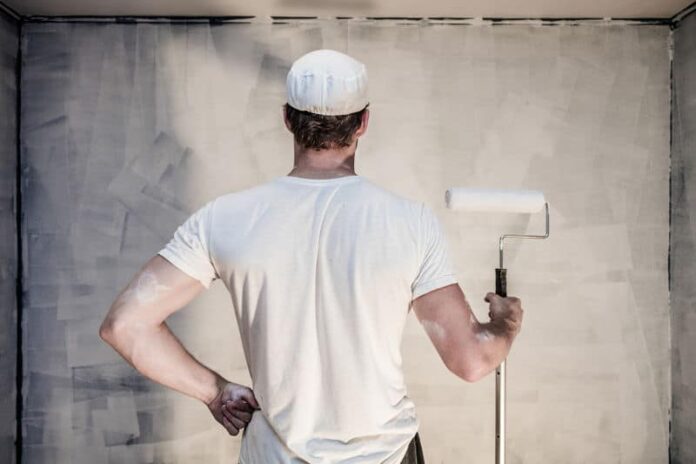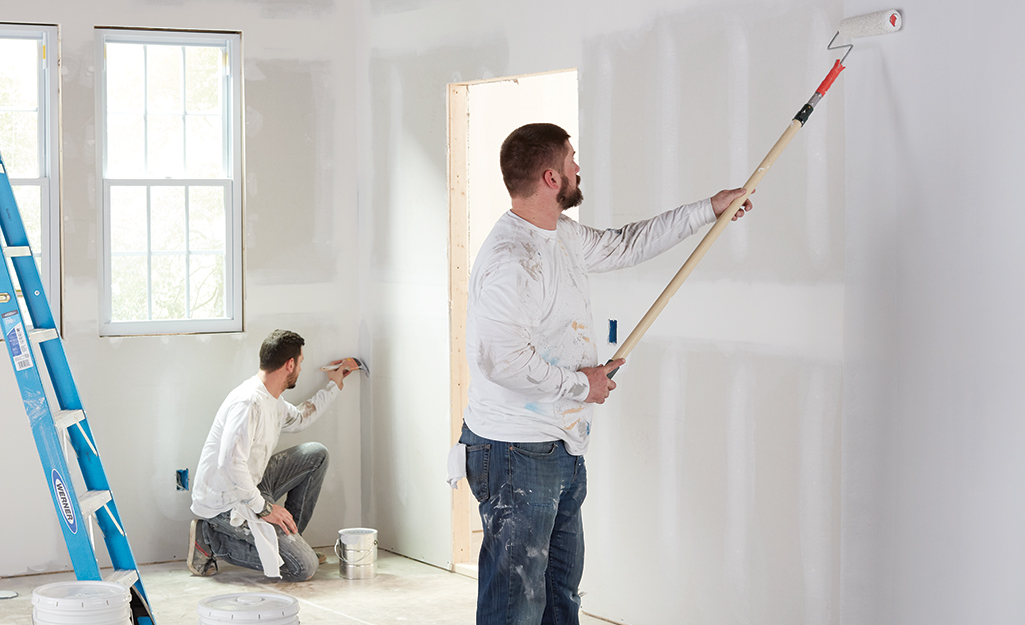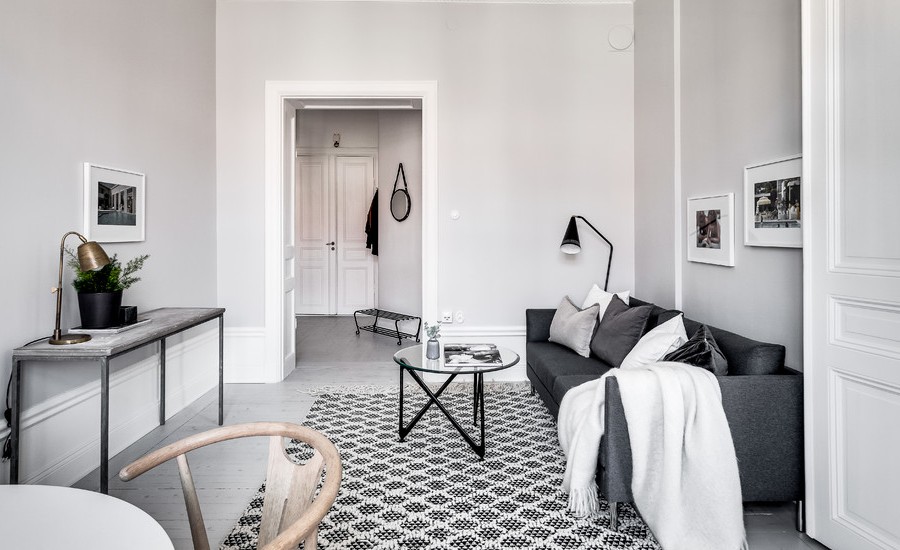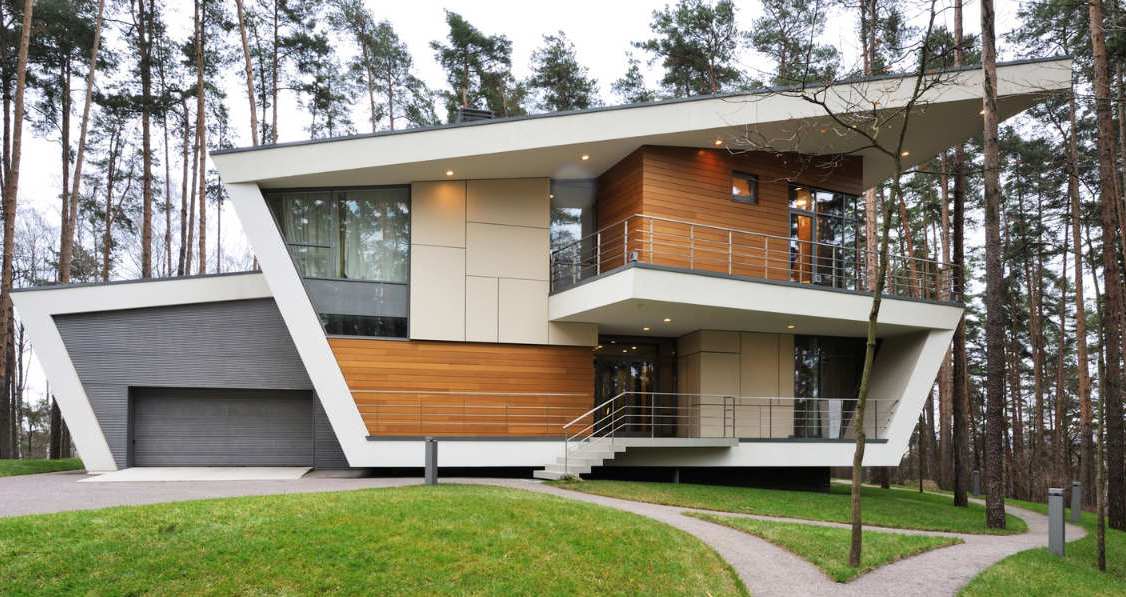Knowing when to use primer before painting is absolutely critical in getting a paint job done right. In the first instance, you are permitted to think that priming your wall before painting will cost you more time and money. You will discover that it is more cost-effective to use a primer before painting in the long run. Its benefits outweigh the cost in all ramifications as it saves you from future headaches. Without using a primer under some circumstances, you will have to use more paints than required without achieving the desired painting result. Some of the adverse effects of not using a primer are instant, while sometimes, it would surface after the paint has dried. To avoid every unnecessary headache after painting, prime before painting for an excellent outcome.
When to Use Primer
If the surface is porous: A porous surface has pores and absorbs liquid. The effect of this is if such a wall is painted without priming, it soaks paint. The painted wall will look dull and blotchy. Another disadvantage of not priming a porous surface before painting is that it consumes more paint, costing you more money. You wouldn’t even achieve the desired perfect result with the much money spent. If you’re overly concerned about the porousness of your walls, best to call a professional painter to get the job done correctly.
When painting light colors over previously dark colors: The challenge you will face if you do not use primer over your previously dark colors when repainting with a light color is that the dark color will be obvious through the light color. Additionally, you will need more coats of paints to resolve this issue. Well, you could eventually not get your desired output after using multiple coats of paint. It will be great you save yourself the stress by using a primer before painting over a dark color. The primer will cover the dark color allowing the bright color has its glory and dignity on the wall.
If the wall has stains/old leaks: Whatever stain is on your wall, be it smoke stain or old water damage, you will need to prime before painting. Here, the primer will seal or block the stains, preventing the stain from bleeding out through the newly painted wall. However, you need to ensure you fix the problem that led to the stain before priming to avoid the same.
If you’re unsure, use primer: Primer will rarely, if ever, result in negative impact. If you’re unsure, always use a primer. The absolute truth is that it is not a waste of time and resources if you decide to prime your wall before applying any form of painting. It is better to use a primer when you are in doubt to avoid being unsatisfied with your newly painted house and, more importantly, avoid wasting money on too much paint for your wall.
Conclusion
This article must have well equipped with why and when you should use a primer before painting. It is also worth knowing that primer solves problems because it is like glue; it sticks to the surface you’re preparing and allows for uniform paint finishing. It also provides a good grip for the paint you will apply on the wall. It is more cost-effective and will give you a perfect painting outcome with good aesthetics and no form of imperfection.



















